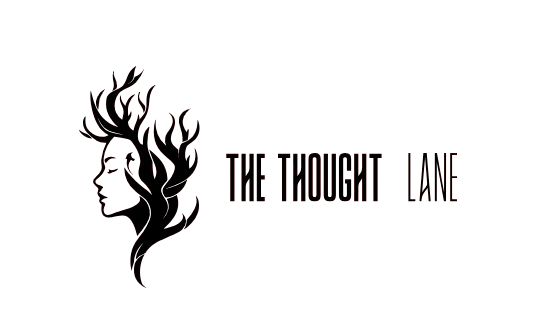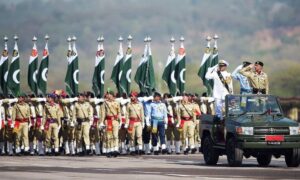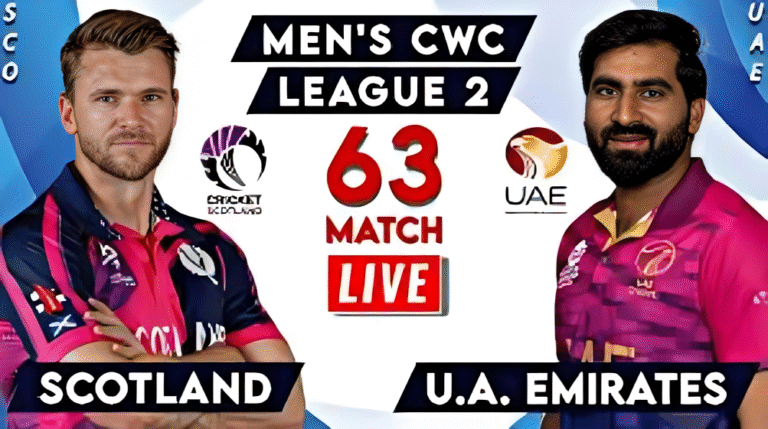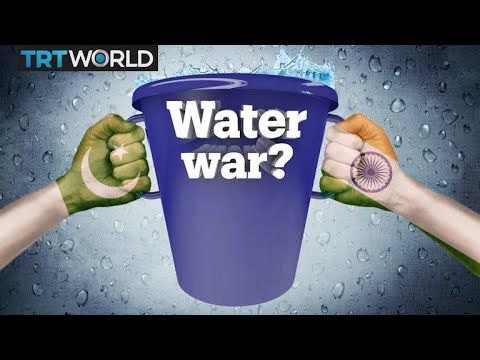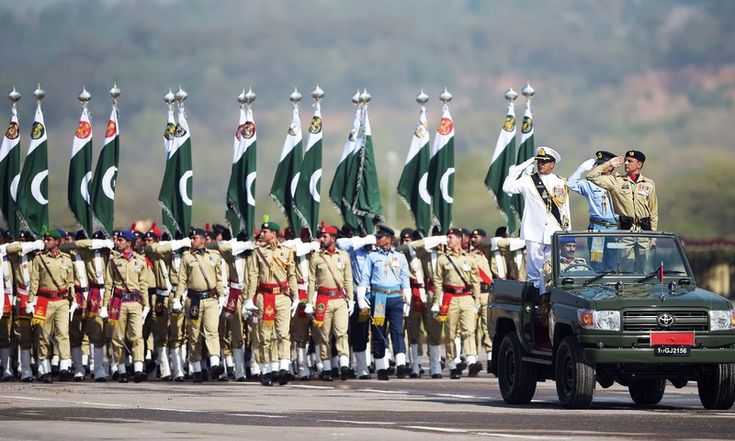Few are as entrenched and closely followed as the one between India and Pakistan. The two have fought wars, conducted hot diplomacy, and walked a tightrope of peace and war for more than seven decades since partition in 1947. In 2025, there is no all-out war, but tensions still brew along borders, in cyberspace, and on political forums—causing international concern and making headlines in the media once again.
Recent Developments: The Spark Behind the Fire
Recent weeks have witnessed an upsurge in firing across the Line of Control (LoC) in Kashmir, the most explosive flashpoint between the two nuclear-armed neighbors. Both countries blame each other for ceasefire violations, infiltration, and provocation. Social media and news sites meanwhile amplify the rhetoric, which frequently stokes nationalist passions and mounts public pressure on both governments.
Fuel to the fire are the cyberattacks and disinformation campaigns on critical infrastructure and public trust. Allegations of digital espionage have been traded, as the two sides bolster their arsenals not only with weapons but with information warfare capabilities as well.https://thethoughtlane.com
Not a Traditional War—but a Hybrid Conflict
What’s happening today is not the classic picture of tanks and soldiers moving across borders. Rather, it’s a hybrid war—a combination of covert warfare, propaganda wars, economic showmanship, and diplomatic jousting. The war of words, particularly regarding Kashmir, rages on global fora such as the UN, with both nations attempting to capture global public opinion in their favor.
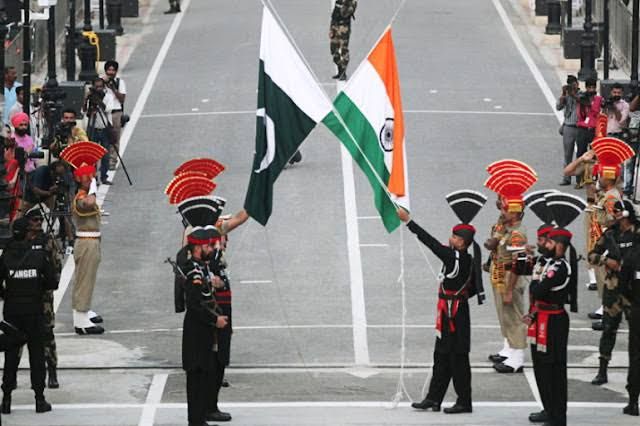
Economic and Human Costs
Both nations have domestic issues to contend with—India is struggling with economic slowdown and election politics, while Pakistan has inflation and political instability. Under such conditions, war is an expensive game that neither can really afford. However, nationalist rhetoric and media hype can sometimes trap leaders into risky brinkmanship.
Civilians, as ever, suffer the most. Villages along the LoC exist in a state of perpetual fear, students are impacted by school closures, and tourism—a significant economic hope for Kashmir—is stunted.
Hope in Diplomacy and People-to-People Contact
Apart from the tension, backdoor diplomacy and Track-II talks go on secretly. Artists, scholars, and activists from both sides of the divide call for peace and cooperation. Cricket, which was a common favorite earlier, still has the ability to create temporary peace—though even sport has become a field of political activism.
The younger generation in both countries, more joined through technology, exhibit signs of transcending inherited hatred. Online forums and joint ventures portend a future where cooperation could supplant confrontation.
Conclusion: Walking the Edge, Searching for Balance
India and Pakistan are like two rivers pouring forth from a single source, sometimes colliding but eternally tied to each other through geography and past. War cannot be formally announced, but friction never entirely passes away. The real test is how to guide rivalry without having it turn to annihilation. As the international community observes and prays, peace is always a tenuous but essential chance—one that not just depends upon governments, but on the men and women of reason within their nations.
